Indigo process will have to wait for another post, but here are some of the indigo results, now that everything has aired, and rinsed, and had time to dry.
Wool is easy, and the couple of skeins I threw in came out very nicely, not that you can really tell from this picture. Dark, even, rich blues. I like dyeing wool yarn – I can get it to behave itself, and usually end up with what I want.

Silk, though, is a challenge. Even with synthetic dyes it can be difficult to get an even shade that won’t bleed, especially in bright colors. I’m getting better at it with modern dyes, but am still not there with the natural dyes. I did a good job of matching the target colors on two large skeins of silk.
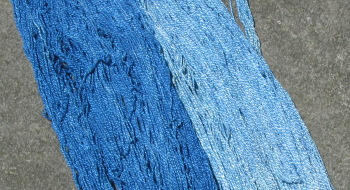
Not too bad, given my lack of experience with indigo on silk. I’ve done cotton before, and wool of course. It took a couple days of dipping and airing to get the shade I wanted when the skeins were dry. The problem, though, is that these are both fairly uneven (click for big on the picture below).
I wouldn’t hesitate to use these myself. A finished piece would certainly show some variation, but not as much as it appears from the skein, where light and dark patches appear. But I’m hesitant to send these to someone else, which was the original intent. The imperfections of my dyejob don’t match the intended use of the silk. But then, it’s indigo, and the replacements will be modern chemical dyes. I will leave it to the recipient to decide which would be better.
Question for discussion: how much of my hesitation is due to the ready availability of industrial-dyed yarns, which are uniform? While a medieval dyer would presumably strive for even color, how achievable was that, and how was variation within a skein actually viewed?
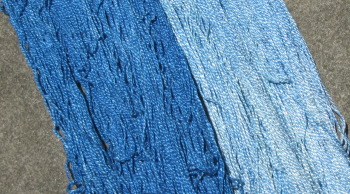


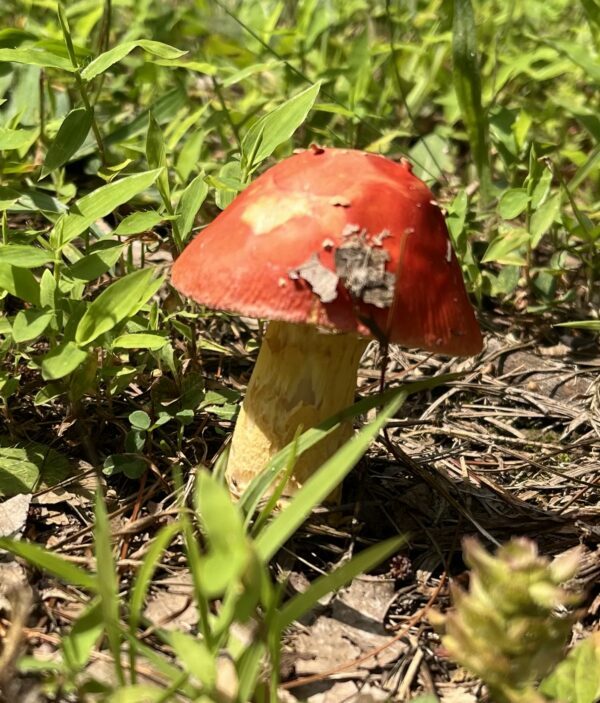
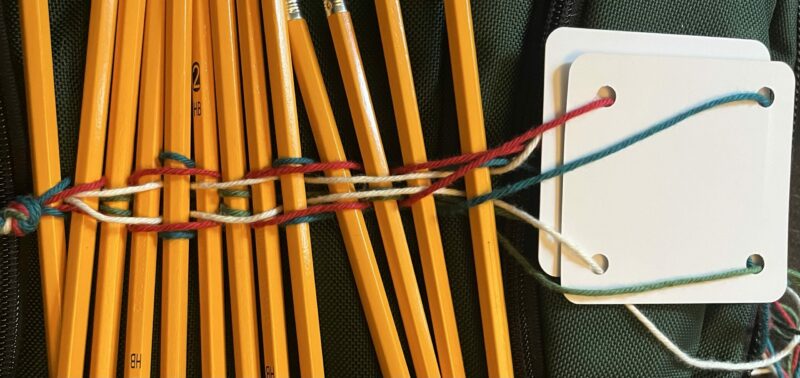
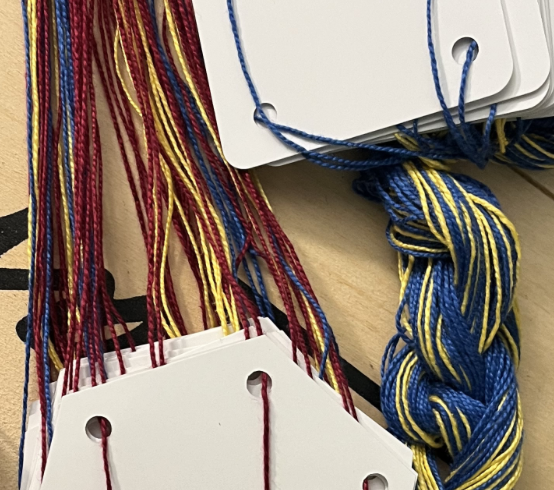
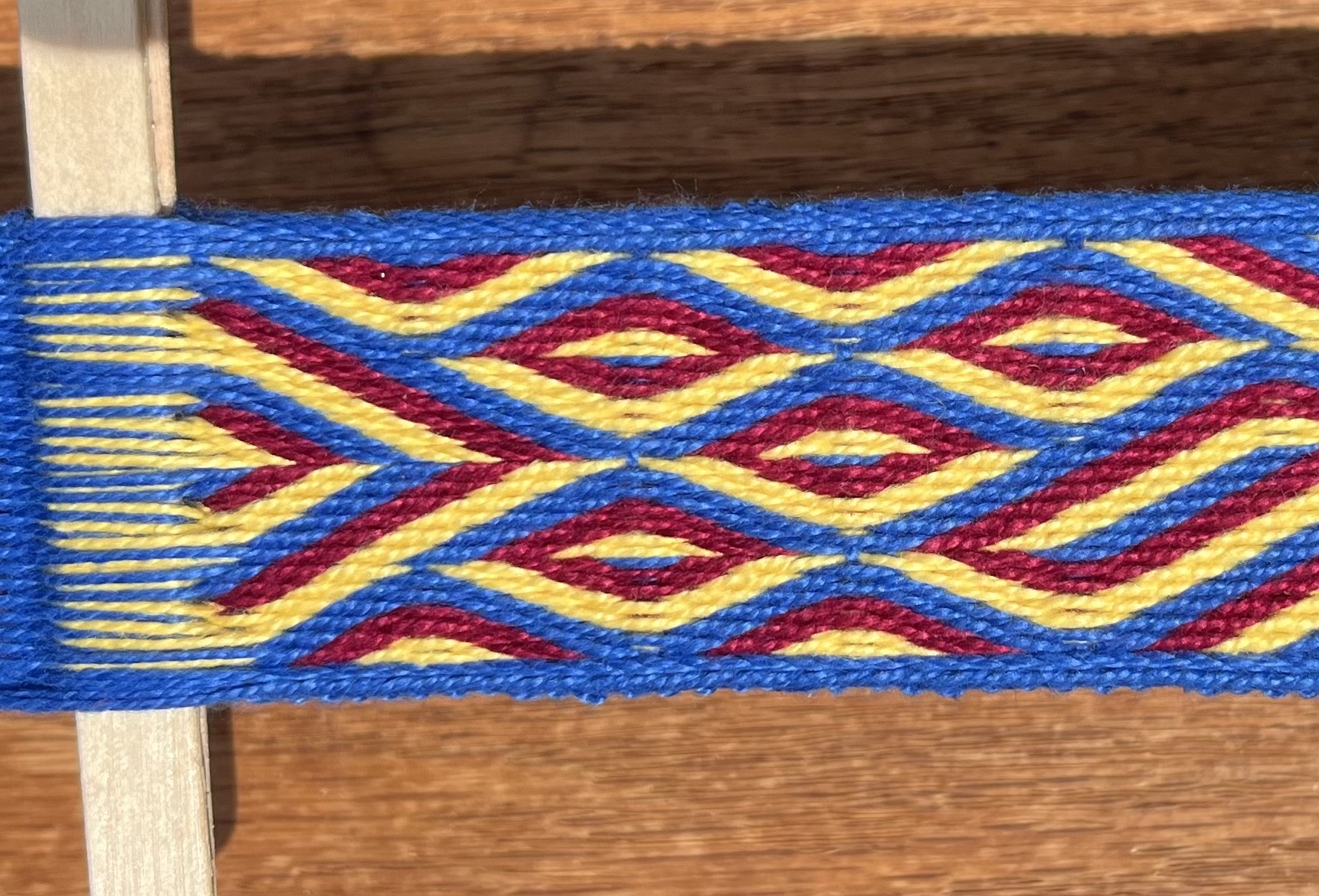
3 responses to “Indigo results”
Even dyeing teensy skeins of silk in the natural dyes workshop with Judilee Fitzhugh last year it was hard to get the color all the way through, even with presoaking. She does a lot of indigo dyeing; in the OCAC dye studio I’d see her standing over the vat, massaging skeins/cloth to be sure the liquid worked its way all through.
I don’t know about medieval Europe, but in the Near East the “abrash” effect visible in hand-dyed, hand-woven rugs is considered desirable, part of the intrinsic character. Your skeins don’t appear to vary too much, and I wouldn’t be surprised if once they are woven the variation isn’t very apparent.
Your indigo results look very good. The variation is so subtle, that I would not find it objectionable (but I’m easy).
Your questions are thought provoking…esp (how achievable was that?)
Part of it may also be that one is always her own harshest critic. Silk can be a bother; I’ve had difficulty getting even weld to dye evenly on silk.
Considering that the Bayeux not-Tapestry showed spots where motifs were finished in different colours to those in which they were started, I don’t think it was a terribly big deal everywhere.